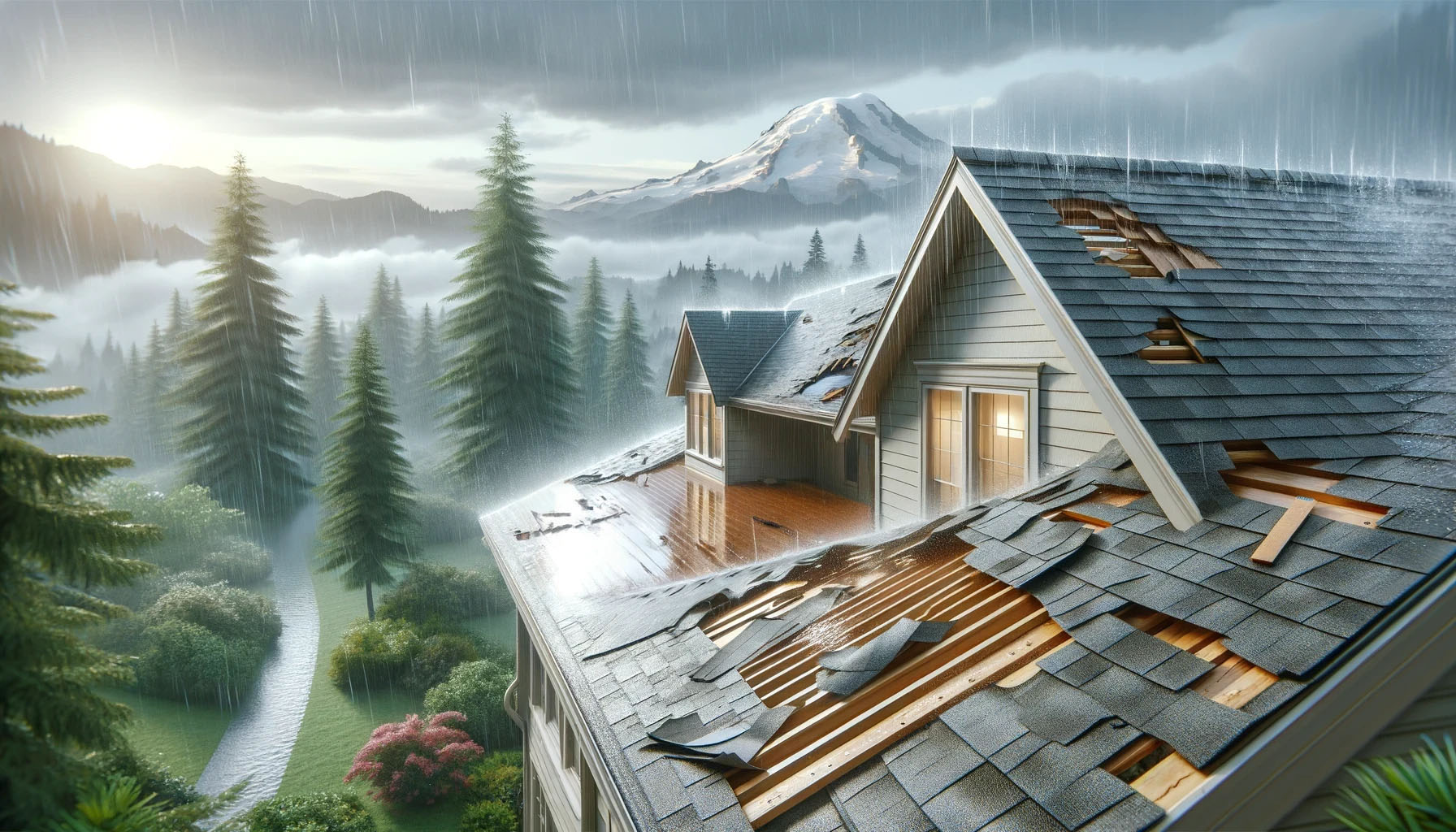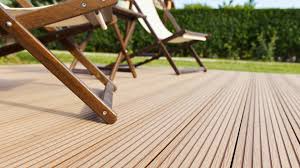How Often Should I Restore My Roof in the Blue Mountains?
Keeping your roof in excellent condition is vital for protecting your home, especially in areas like the Blue Mountains, where the climate can be harsh and unpredictable. Roof restoration not only extends the life of your roof but also enhances your property’s value and energy efficiency. This guide explores how often you should restore your roof and what factors influence this timeline.
Factors Affecting Roof Restoration Frequency
Roof Material
Different roofing materials have varying lifespans. Tile roofs, for instance, typically last 10–15 years before requiring restoration, while metal or Colorbond roofs may need attention every 8–12 years. Understanding the specific needs of your roof material is key to determining the restoration schedule.
Weather Conditions in the Blue Mountains
The Blue Mountains’ climate, with its heavy rainfall, strong winds, and bushfire risks, can accelerate wear and tear on your roof. This environment often shortens the lifespan of roofing materials compared to regions with milder conditions.
Age of the Roof
Older roofs are more prone to damage and leaks. If your roof is nearing the end of its expected lifespan, it may require restoration sooner to prevent major issues.
Previous Maintenance and Repairs
A well-maintained roof often lasts longer between restorations. Regular cleaning, moss removal, and minor repairs can delay the need for a full restoration.
Presence of Moss, Lichen, or Debris
The humidity and dense vegetation in the Blue Mountains promote moss and lichen growth, which can weaken roofing materials. Regular cleaning and anti-fungal treatments are essential for preventing damage.
Signs That Your Roof Needs Restoration
Certain indicators suggest it’s time for roof restoration:
- Cracked, broken, or missing tiles.
- Rust spots or corrosion on metal roofs.
- Leaks or water damage inside your home.
- Moss, mould, or lichen growth.
- Faded or peeling paint, which reduces weather resistance.
If you notice any of these signs, it’s wise to consult a professional.
Recommended Roof Restoration Timeline
The general timeline for roof restoration depends on the material:
- Tile Roofs: Every 10–15 years.
- Metal/Colorbond Roofs: Every 8–12 years.
However, the Blue Mountains’ challenging climate may necessitate more frequent restoration. Regular inspections every 2–3 years can help identify early signs of wear and prevent costly repairs.
Benefits of Timely Roof Restoration
Restoring your roof on time offers several advantages:
- Prolongs Roof Lifespan: Prevents small issues from becoming major problems.
- Improves Energy Efficiency: Reflective coatings can reduce heat absorption, lowering energy bills.
- Enhances Property Value: A well-maintained roof boosts curb appeal and market value.
- Prevents Costly Repairs: Addressing issues early reduces the risk of extensive structural damage.
Choosing the Right Time for Roof Restoration
Seasonal Considerations
Spring and autumn are ideal for roof restoration in the Blue Mountains. The moderate weather during these seasons ensures that coatings and repairs cure properly without the risk of extreme heat or rain delays.
Scheduling Around Weather Conditions
Roof restoration requires dry weather for cleaning, repairs, and coatings to adhere effectively. Checking the forecast and planning ahead is essential to avoid interruptions.
For homeowners in the Blue Mountains, professional assistance is just a click away. If you’re considering restoring your roof, visit roof restoration blue mountains for tailored solutions and expert advice.
Maintenance Tips to Extend Time Between Restorations
Proper maintenance can delay the need for restoration:
- Clean Gutters Regularly: Prevents water buildup and damage.
- Remove Moss and Lichen Promptly: Use anti-fungal treatments to protect your roof.
- Inspect Your Roof Periodically: Look for early signs of damage.
- Avoid Walking on the Roof: This minimises unnecessary wear and tear.
Working with Professionals
Hiring experienced local professionals ensures your roof restoration is handled with care. A thorough inspection will help determine the scope of work and identify any hidden issues. Before starting, ask questions about materials, warranties, and timelines to make an informed decision.
Wrapping Up
The frequency of roof restoration depends on factors like roof material, climate, and maintenance habits. In the Blue Mountains, the challenging weather may require more frequent attention to ensure your roof remains in top condition. By restoring your roof on time, you can protect your home, improve energy efficiency, and save on long-term repair costs.
If you’re unsure about your roof’s condition, consult a professional to schedule an inspection and plan your next restoration. A proactive approach ensures your roof continues to protect your home for years to come.











Post Comment